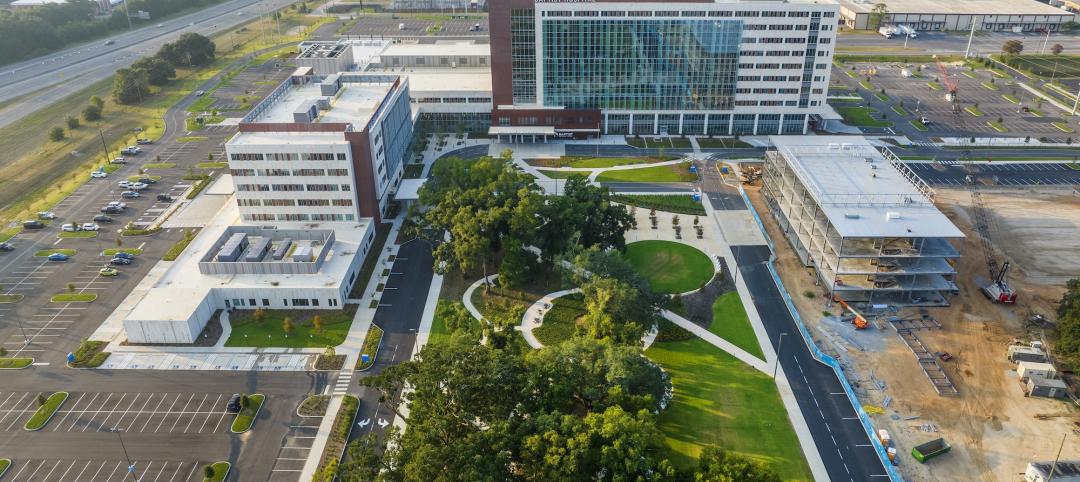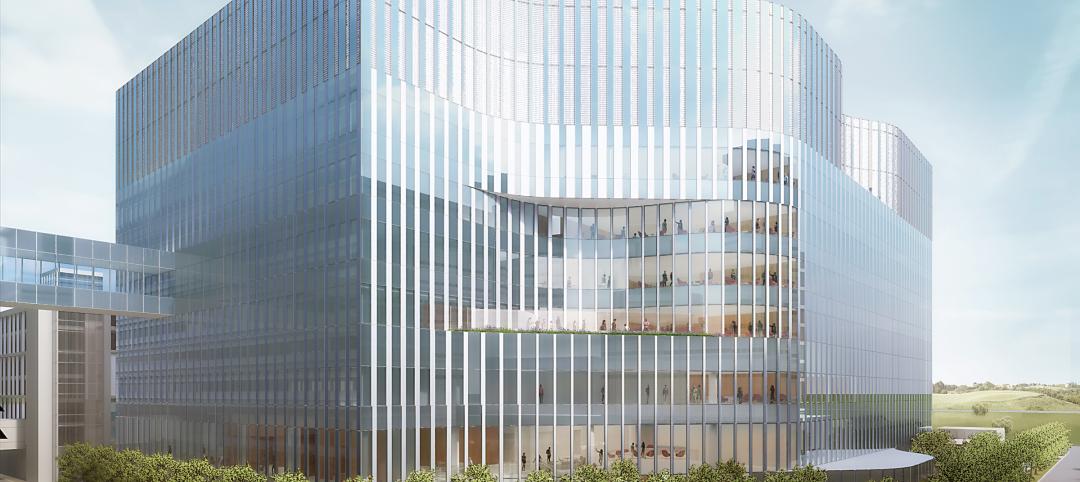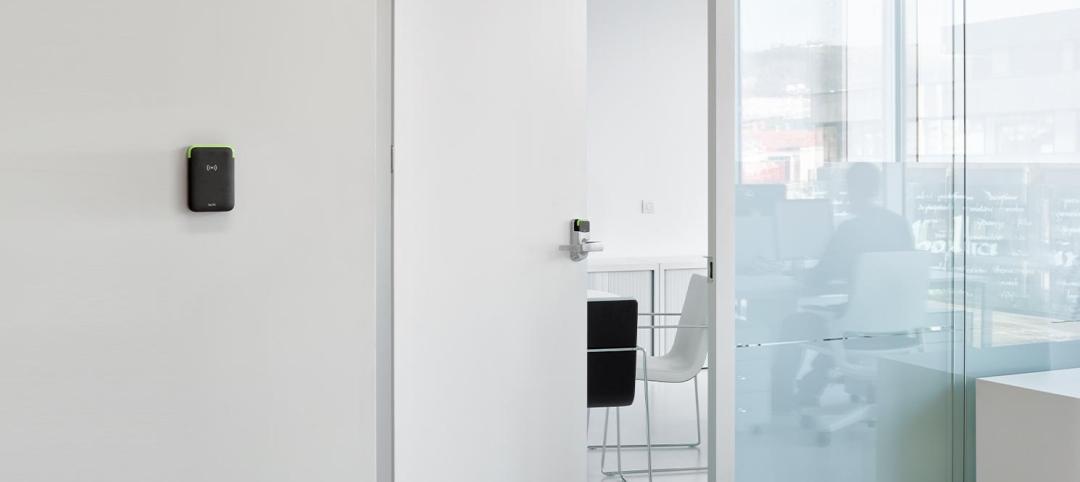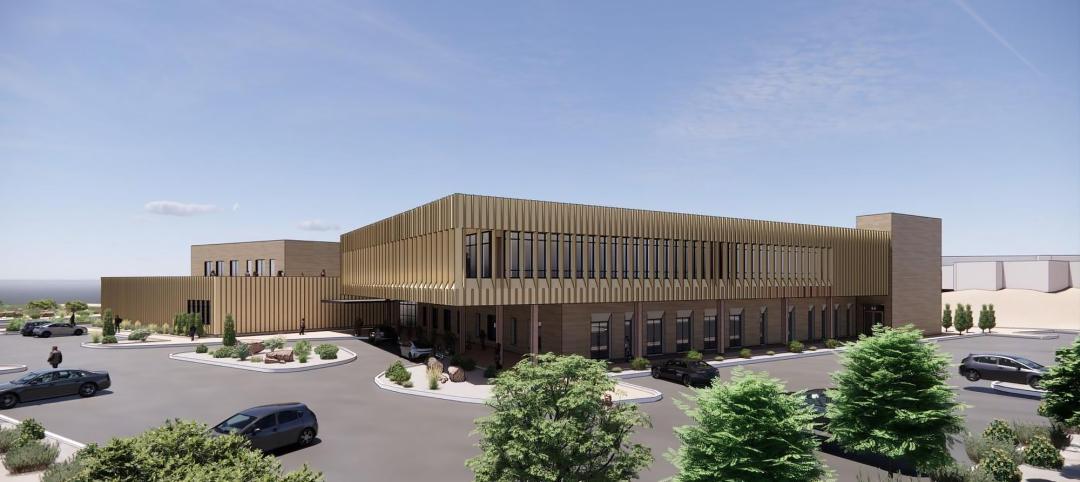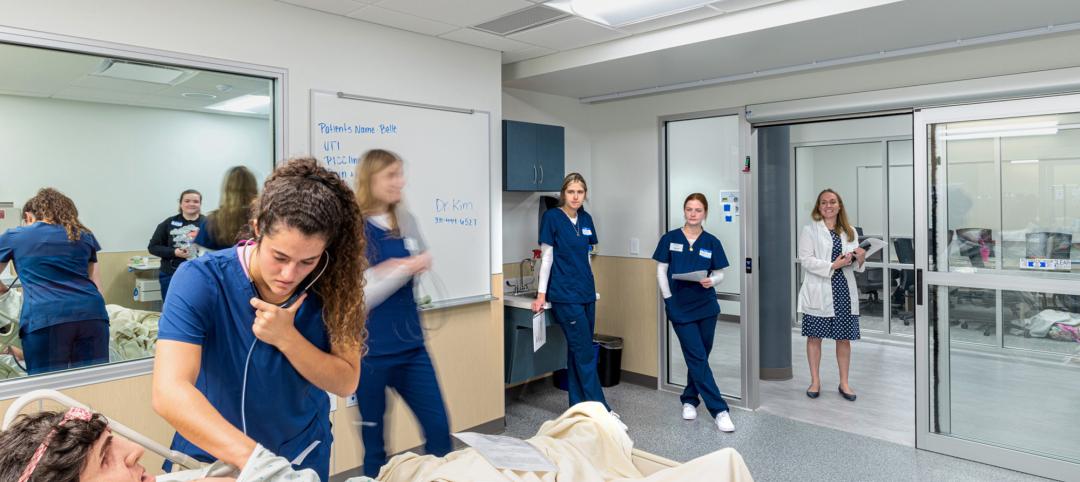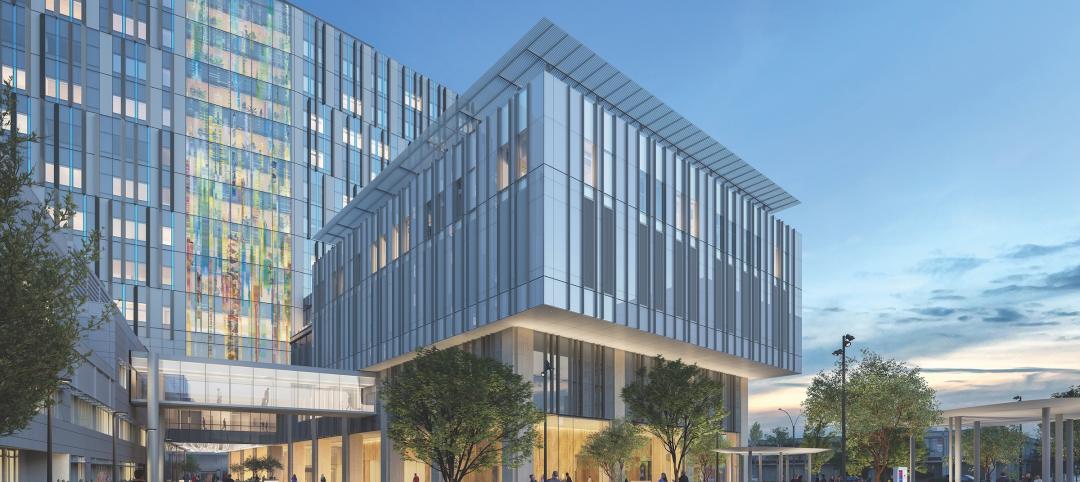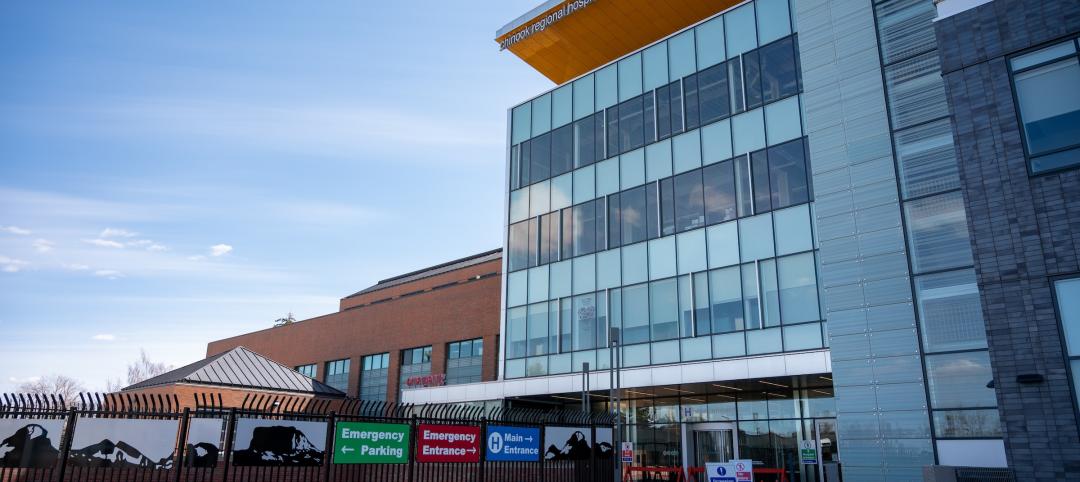Sports fans may be familiar with the thought process that winning cures all. Teams who win are rarely subject to the locker room sniping and drama that losing teams often face. Similarly, staying within budget on your major capital expansion project also cures many problems. Nothing is more distasteful to a CEO or CFO than having to go back to the board and request additional funds. The list of issues that come into play when you materially exceed your budget is a long one; however, that is not the focus of this article. The focus is this: Successfully developing a complete and well thought out Total Project Budget is perhaps the most important task you’ll perform in the initial phase of your project. Succeed at this task and you’ll go a long way to making your project ultimately successful. The following steps will help ensure your project is a successful one.
Step One: Identify how much you can afford to spend on this project
It seems like a logical and intuitive step, but it’s not always taken. Projects should not dictate their finances; rather, your business case and available funding must drive your project. Healthcare organizations routinely require business plans and pay back analysis and justification for even relatively minor expenditures. Despite this, not all organizations follow the same discipline when it comes to their largest capital expenditures. Take advantage of your financial advisors and market planning professionals and have a good understanding of what kind of investment makes sense to achieve the project objectives. Once you have identified what you feel to be a sustainable investment for your project, that investment can become the overall project budget. If you’re not prepared to spend what you cannot afford, then lower the budget to an amount you’re prepared to
spend. Design and Construction teams need to know what number they are shooting for. Teams work best when they can work to a target budget as this allows them to set target costs for all of the various project components.
Step Two: Start with construction
Construction costs will invariably be the single largest set of costs on your project. Solicit input from experienced contractors with major healthcare construction experience in your state or area. Initially you won’t be able to do much more than associate square-foot-unit costs with estimated building areas. For example, hospital construction may cost roughly $400 per square foot in your area. This information, while preliminary and very generalized, is as good a starting point as any. If you talk to two or three major healthcare contractors, they will be able to provide you with this level of information. You may have an in-house staff or project manager who should also be consulted. Do your research on this because it sets the stage for most other costs. Be wary of using data from old projects or from periodicals. Market conditions impact every project differently and periodicals often provide only cursory information on a project, making it very difficult to make an apples-to-apples comparison with your project. Current construction costs are typically escalated to the estimated mid point of construction and should be added to your baseline construction costs. Be sure to also account for items that are often not in the construction estimate. Examples may include signage, temporary construction utilities, utility relocation or connection charges, demolition costs, and hazardous material abatement.

Step Three: Budgeting medical equipment, furniture, and technology
After construction, the next three major physical components are medical equipment, furniture, and technology equipment. Furniture is largely a function of space and can be budgeted fairly well with dollars per square foot costs. You might budget $10-$15 per square foot for furniture depending on the size of your project. Equipment and technology costs are driven less by area and more by program. For example, $10 per square foot might buy all the equipment you need in the physical therapy department, but it will not pay for the equipment in the radiology department. Make sure that anticipated large equipment costs are handled cautiously when creating your equipment budget. This section of the budget should also include all specialty casework, kitchen equipment, and any other specialty technology components that may not be accounted for in the technology budget. Unless you have a good in-house database of costs, you probably need outside specialty consultants to help you develop these budgets. Good equipment and technology planners can give you estimated costs based merely on your space program.
Step Four: Estimating design and consultant fees
Once you have your construction and equipment costs set, you should be able to estimate the consultant fees. The largest line item in this category will typically be your architectural and engineering costs. You can estimate their fees based on a percentage of your construction costs. While fees can vary widely with the size of the project, you might assume 6%-10% of construction for basic design fees. In addition to the architects and engineers required for the project, you’ll also want to account for other services such as technology consultants, medical equipment planners, parking consultants, food service consultants, elevator consultants, and program management. Once you’ve identified the consultant needs for your project, those consultants should be able to give you budgeting information for costs associated with their area of expertise. Overall, this budget category will probably run between 10% and 15% of your overall construction cost.
Step Five: Site acquisition costs
If you’re purchasing land, the cost can be quite high and you need to consider if this cost is part of your budget (refer to step 1). If you’re building on existing property, this category will typically be minor and should include the costs to have the site surveyed and to perform any initial geotechnical or environmental investigation on the site. Estimates for these services can be obtained from your geotechnical engineer, real estate broker, or civil engineer.

Step Six: Project testing fees and administrative costs
Examples of these costs include permitting fees, materials testing fees, testing and commissioning fees, occupancy and relocation costs, and project insurance costs. Your local permitting office can guide you regarding the city fees and permitting costs. Your geotechnical firm can likely give you an estimate of materials testing costs. Relocation costs are complicated and based on the type of relocation. Usually $1 to $2 per square foot of new space will cover your relocation, depending on your project. Insurance costs vary widely by state and you should talk to your insurance advisors when estimating these costs.
Step Seven: Budgeting for financing costs
These include construction period interest costs, underwriting fees, bond consultants, or other lending costs. These items should be discussed with your financial advisors and budgeted accordingly. It is worth noting that most project budgets reported in periodicals or other estimating guides do not include financing costs. You should decide up front whether these costs are to be included as part of your budget. Again, refer to step 1.
Step Eight: Don’t forget to account for the unknown
The last budget category is the contingency. This is often the most disputed category, primarily because it is purely an educated guess at the start of a project. Short changing contingency is an easy way to make your budget look good early on, and it’s an easy way to run out of money at the end. Usually an adequate amount of contingency is based on a percentage of your total project cost and the current stage of your project. The earlier you’re in the planning stage, the more contingency you should include. Initially, 10% or more of your total project cost is appropriate. As the project becomes more defined, the contingency can be brought down. You should also consider the contingencies given by the contractor, furniture consultants, medical equipment planners, and technology consultants. If these are not adequate, you may want to carry some extra contingency in the Owner’s Contingency. Planning for contingency is difficult and requires a little imagination because contingencies are inherently not obvious.
Step Nine: How to test the budget
Once you have finished your initial budget development, test your budget against industry benchmarks. Generally, we’ve found most major healthcare projects have a total project cost to construction cost ratio of 1.4 to 1.6. Smaller projects will tend to be in the 1.5 to 1.6 range and larger projects will tend to be in the 1.4 to 1.5 range. Also, consider your type of project and its location. If you’re building a special facility with large amounts of expensive equipment and systems, your ratio could go as high as 1.7 to 2.0. Please note that these ratios are not applicable to minor projects. If you’re renovating your cath lab and buying new equipment, your ratios will be different than those quoted above.

Step Ten: Update the budget, often
Once your budget is set and agreed to, the most important thing to do is to update it often. Choose key milestones in the schedule where your project team can prepare an estimate based on the latest construction documents. This may occur at the completion of the design phases such as Programming, Schematic Design, or Design Development. Some projects adopt a continuous estimating approach so that design is continuously being measured against a target cost for each project element. At each budget update, also update your technology equipment, furniture, medical equipment, and other major cost estimates.
Conclusion
As long as you base your budget on reasonable assumptions, you should be able to create a budget that is manageable during your capital project. Remember, it’s impossible to predict every cost to the penny and it’s not possible to forecast every issue that will arise during the course of your project. It’s possible, however, to join the ranks of winning teams by developing a strong project budget. Succeed at this task and you’ll go a long way in making your project a success.
Related Stories
Healthcare Facilities | Dec 7, 2023
New $650 million Baptist Health Care complex opens in Pensacola
Baptist Health Care’s new $650 million healthcare complex opened recently in Pensacola, Fla. Featuring a 10-story, 268-bed hospital, the project “represents the single-largest investment in the healthcare history of northwest Florida,” said Gresham Smith project executive Robert “Skip” Yauger, AIA, LEED AP. The 602,000 sf Baptist Hospital is equipped with a Level II trauma center that provides 61 exam rooms and three triage areas.
Engineers | Nov 27, 2023
Kimley-Horn eliminates the guesswork of electric vehicle charger site selection
Private businesses and governments can now choose their new electric vehicle (EV) charger locations with data-driven precision. Kimley-Horn, the national engineering, planning, and design consulting firm, today launched TREDLite EV, a cloud-based tool that helps organizations develop and optimize their EV charger deployment strategies based on the organization’s unique priorities.
Healthcare Facilities | Nov 3, 2023
The University of Chicago Medicine is building its city’s first freestanding cancer center with inpatient and outpatient services
The University of Chicago Medicine (UChicago Medicine) is building Chicago’s first freestanding cancer center with inpatient and outpatient services. Aiming to bridge longstanding health disparities on Chicago’s South Side, the $815 million project will consolidate care and about 200 team members currently spread across at least five buildings. The new facility, which broke ground in September, is expected to open to patients in spring 2027.
Sponsored | | Oct 17, 2023
The Evolution of Medical Facility Security
As the healthcare system grows, securing these facilities becomes ever more challenging. Increasingly, medical providers have multiple facilities within their networks, making traditional keying systems and credentialing impractical.
Healthcare Facilities | Oct 11, 2023
Leveraging land and light to enhance patient care
GBBN interior designer Kristin Greeley shares insights from the firm's latest project: a cancer center in Santa Fe, N.M.
Healthcare Facilities | Oct 9, 2023
Design solutions for mental health as a secondary diagnosis
Rachel Vedder, RA, LEED AP, Senior Architect, Design Collaborative, shares two design solutions for hospitals treating behavioral health patients.
Giants 400 | Oct 5, 2023
Top 115 Healthcare Construction Firms for 2023
Turner Construction, Brasfield & Gorrie, JE Dunn Construction, DPR Construction, and McCarthy Holdings top BD+C's ranking of the nation's largest healthcare sector contractors and construction management (CM) firms for 2023, as reported in Building Design+Construction's 2023 Giants 400 Report. Note: This ranking includes revenue related to all healthcare buildings work, including hospitals, medical office buildings, and outpatient facilities.
Giants 400 | Oct 5, 2023
Top 90 Healthcare Engineering Firms for 2023
Jacobs, WSP, IMEG, BR+A, and Affiliated Engineers head BD+C's ranking of the nation's largest healthcare sector engineering and engineering/architecture (EA) firms for 2023, as reported in Building Design+Construction's 2023 Giants 400 Report. Note: This ranking includes revenue related to all healthcare buildings work, including hospitals, medical office buildings, and outpatient facilities.
Giants 400 | Oct 5, 2023
Top 175 Healthcare Architecture Firms for 2023
HDR, HKS, CannonDesign, Stantec, and SmithGroup top BD+C's ranking of the nation's largest healthcare sector architecture and architecture/engineering (AE) firms for 2023, as reported in Building Design+Construction's 2023 Giants 400 Report. Note: This ranking includes revenue related to all healthcare buildings work, including hospitals, medical office buildings, and outpatient facilities.
Adaptive Reuse | Sep 19, 2023
Transforming shopping malls into 21st century neighborhoods
As we reimagine the antiquated shopping mall, Marc Asnis, AICP, Associate, Perkins&Will, details four first steps to consider.



